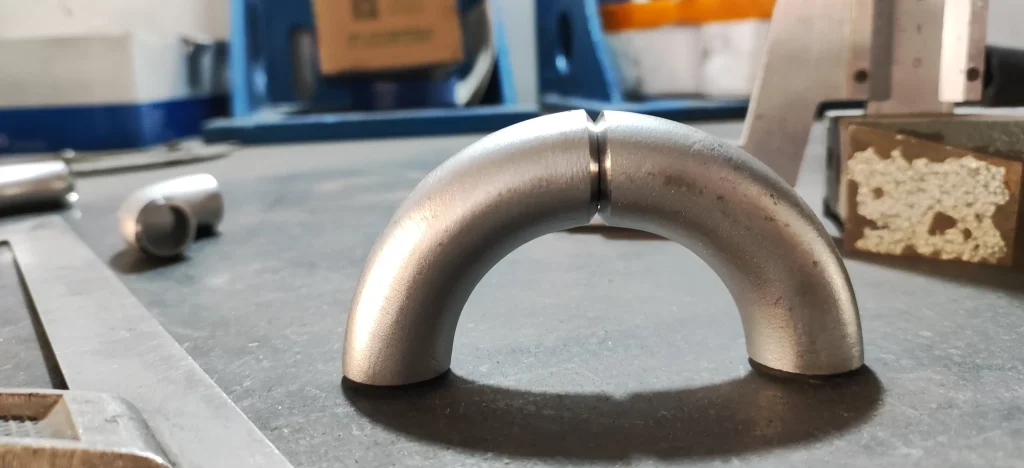To help you choose the best product for your project, you need to understand the types of duplex stainless steel. Duplex stainless steels (DSS) are stainless steels that contain about 50 percent ferrite and 50 percent austenite, or not less than 25 percent of one of the two phases.DSS combines the advantages of both phases and is widely used in a variety of engineering applications.
The Main Types Of Duplex Stainless Steel Are:
Low Alloy Type
Representative grade: UNS S32304 (23Cr-4Ni-0.1N).
Features: Molybdenum-free, pitting resistance equivalent PRE value of 24-25, excellent stress corrosion resistance, can replace AISI304 or 316L.
Applications: Automotive, machinery manufacturing, construction and other fields.
Medium Alloy Type
Representative grade: UNS S31803 (22Cr-5Ni-3Mo-0.15N).
Features: PRE value of 32-33, corrosion resistance between 316L and 6% Mo + N austenitic stainless steel.
Applications: Widely used in industrial applications where corrosion resistance is required.
High Alloy Type
This type of DSS contains as much as 25% chromium and appears earliest in the DSS series.
Representative grades: the United States of 329, IN-744 (0Cr26Ni6Ti), 2323 (0Cr26Ni5) and so on.
Features: Excellent corrosion resistance and high strength. However, the increase in the number of ferrite near the weld area after welding may deteriorate performance.
Applications: Aerospace, marine engineering and other advanced fields.
Super Type
PREN > 40, containing 25% Cr and high molybdenum (> 3.5%) and high nitrogen (0.22% to 0.30%).
Representative grades: UNS S32550 (UR52N+), S32750 (SAF 2507) and S32760 (Zeron 100).
Features: Extremely high corrosion resistance and high strength, suitable for harsh corrosive environments.
Applications: Offshore engineering, petrochemicals, nuclear power industry, pulp and paper industry, etc.
Ferrite And Martensite Phase Compositions Type
This type of duplex steel is mainly obtained through heat treatment or hot rolling process.
Representative grades: DP590/780/980/1180 , Q/BQB 440-2018 series (e.g. CR440/590DP, CR590/780DP, etc.).
Features:High strength and good processing performance, suitable for the manufacture of cold-drawn, deep-drawing molding of complex components.
Applications: Automobile manufacturing, building structures, machinery manufacturing , shipbuilding and so on.
Duplex steels are widely used in petroleum, chemical, marine engineering, construction and food processing due to their excellent properties. Different types of duplex steel have different characteristics and areas of application. So understanding the types of duplex steel is important for a variety of perspectives.
Types of Duplex Products
The range of duplex steel products is very diverse. The main types are plates and coils, pipes and fittings, bars and wires, forgings and castings, strips and foils, structural parts and components.
What we do of Duplex Stainless Steel
- Round Bar
- Sheet / Plate
- Forging / Flange
- Pipe & Pipe Fittings
Why Should I Know Types Of Duplex?
Knowledge of the types of duplex stainless steels is important for engineering design, material selection and performance optimization for several key reasons:
Optimize Material Selection
Different types of duplex steels have different chemical compositions, mechanical properties and corrosion resistance. We should choose the right material according to the specific scenario to ensure the performance and safety of the product.
Improve Design Efficiency
Helps engineers better predict material properties to optimize product design and production processes, improving productivity and quality.
Reduce Production Costs
Choosing the right type of duplex steel ensures product performance while reducing material costs. For example, in some applications, a low-alloyed duplex can replace a high-alloyed or super duplex, thereby reducing costs.




